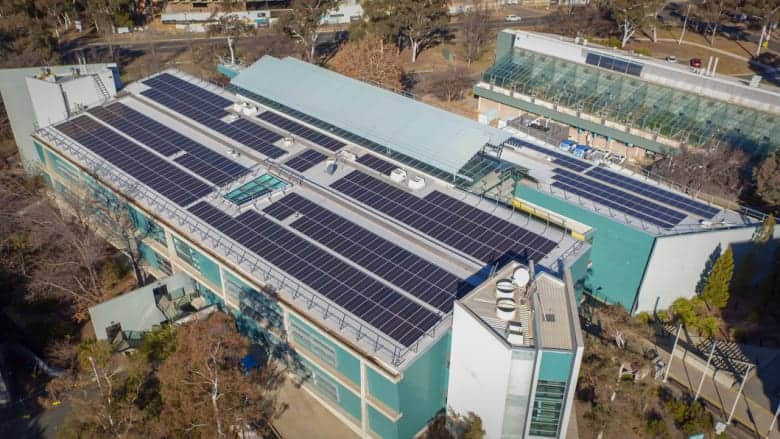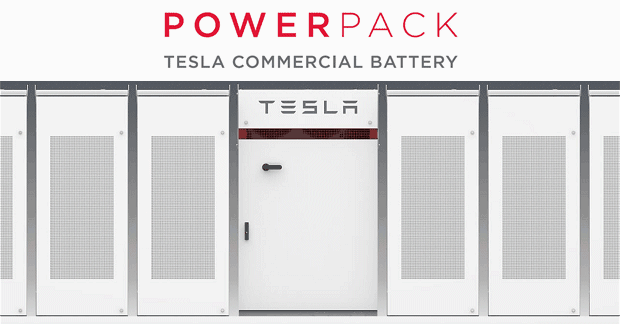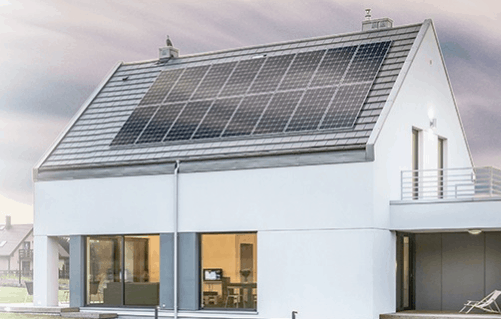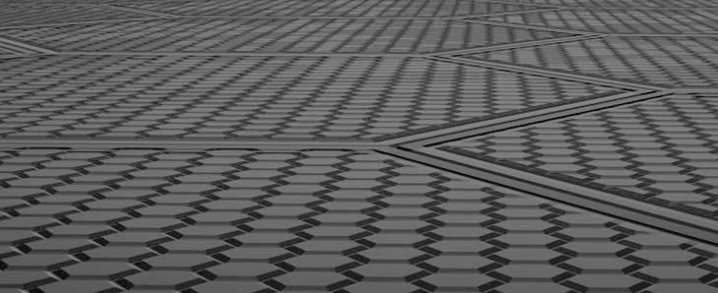CSIRO’s Black Mountain facility is set to have a further 2,900 solar panels installed in a plan to save around $900,000 a year. They’ve called for tenders this month and hope to have a decision made this week.
CSIRO’s Black Mountain Solar Installation

Federal government agency CSIRO are doubling down on their previous solar investment – with an existing 380 solar panels at Black Mountain set to be increased by around 700%. The first 480 panels were installed earlier this year, and according to the Canberra Times, over 880kW of solar systems have been rolled out at other CSIRO sites since 2016 – including Black Mountain, Armidale in NSW, Werribee in Victoria, Kensington in Western Australia and Darwin.
According to a CSIRO spokesman, 1.2MW of solar will also be installed in Pullenvale (QLD) and Waite (SA) – with a further 4.2MW planned for the ACT, NSW, Victoria and Western Australia.
“Once installed, these [photovoltaic] systems will deliver more than $900,000 [in] annual savings on energy bills, save close to 8000 megawatt hours of energy and reduce CO2 equivalent emissions by about 7400 tonnes each year,” the spokesman said.
All together, the plans are to install five megawatts of grid-connected, on-site renewable energy across its building portfolio by 2020.
“The installation of large scale on-site renewable energy generation is a key mechanism to reduce CSIRO’s carbon footprint.”
The CSIRO have called for tenders for the Black Mountain solar upgraded and have advised that they will sign a contract this week, before deciding on a timeline to complete the upgrade. Some more fantastic news for government-installed solar and another step in the right direction for Australia’s renewable energy future.





